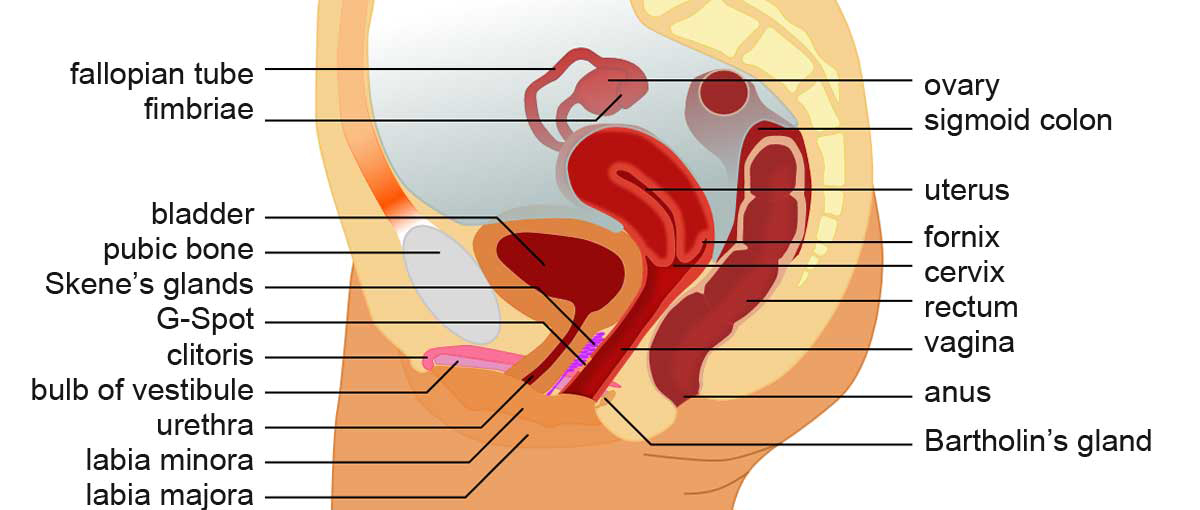Interstitial cystitis or IC refers to a clinical syndrome characterized by chronic urinary urgency feeling the need to urinate immediately and frequency or frequent urination. It could appear with or without pelvic pain.

Sometimes doctors use the term painful bladder syndrome or PBS to describe cases of pelvic pain that do not meet the strict criteria for interstitial cystitis established by the National Institute of Diabetes and Digestive and Kidney Diseases. An estimated one million Americans suffer from interstitial cystitis, and about 90 percent of patients with interstitial cystitis are women. While individuals of any age can be affected, including children, the average age of onset age is 40. Interstitial cystitis has not been considered to be a hereditary disorder, but multiple cases have occurred among some families. It is prompting ongoing investigation of the possible role of hereditary factors in the development of interstitial cystitis. Some associations with other medical conditions are seen with the probolem of interstitial cystitis. Women with interstitial cystitis are more likely to have had frequent urinary tract infections. These women also tend to have previous gynecologic surgery than women without interstitial cystitis. Certain chronic illnesses have been described as occurring more frequently in people with interstitial cystitis than in general population. Examples of these associated conditions are inflammatory bowel disease, systemic lupus erythematous, irritable bowel syndrome, allergies, endometriosis and fibromyalgia. Each of these conditions has been described in at least some studies to be more common in people with interstitial cystitis than in the general population, but there is no evidence that any of these conditions is cause of interstitial cystitis. Interstitial cystitis has been classified into two forms, ulcerative and nonulcerative. It is depending upon the presence or absence of ulcerations in the bladder lining as seen during cystoscopy. Citoscopy is visual examination of the inside of the bladder via a probe. Star-shaped ulcerations in the bladder wall are famous as Hunner’s ulcers. The ulcerative type of interstitial cystitis that is sometimes termed classic interstitial cystitis, is found in less than 10% of cases in the U. S. Problem is that over time, interstitial cystitis can cause physical damage to the bladder wall.
Scarring and stiffening of the bladder wall may occur as a result of the chronic inflammation. It could lead to a decrease in bladder capacity. Glomerulations, or areas of pinpoint bleeding, may be seen on the bladder wall.


